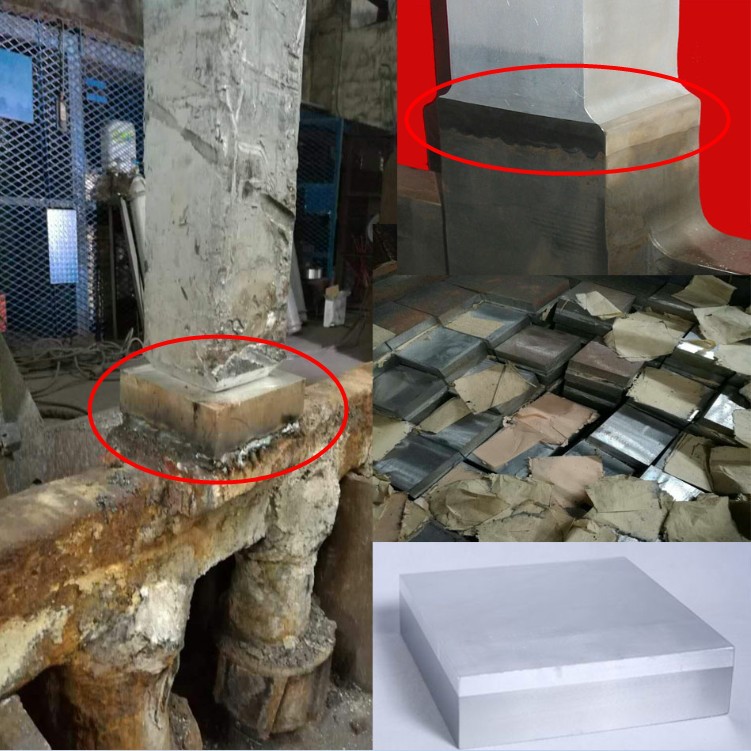aluminium Steel Bimetal Transition joints
News | 2019-02-13 17:28
Explosive welding is suitable for the welding of titanium, lead, copper, nickel, steel and two or more dissimilar metals such as aluminum and steel. It is not suitable for brittle metals such as cast iron and zinc. Among them, aluminum alloy-titanium-low carbon steel (stainless steel)
three-layer bimetal transition joints have been widely used in the cabins, side walls, masts and liquefied natural gas tanks of frigates and other ships. The interface resistance of Al-low carbon steel composites is close to zero and is used as a confluent.
Aluminium steel bimetal transition joints for refrigeration storage are mainly used for pipe joints of compressors. The aluminium alloy-aluminium-titanium-nickel-stainless steel
five-layer bimetal transition joints for ultra-low temperature is used as the storage tank and piping of liquid nitrogen, liquid oxygen, liquid hydrogen, liquid ammonia and liquefied natural gas. Their strength and thermal stability are good.
Explosive welding can solve the problem of transition connection between aluminum and steel in shipbuilding, mainly the connection between aluminium structural parts and steel deck. In the past, rivets or screws were used to connect the seals, which could not guarantee the sealability, thus accelerating the corrosion of seawater medium. The technology of explosive welding of
aluminium steel bimetal transition joints can completely replace riveting. This method has been widely used in various shipyards in Europe.
Aluminium steel bimetal transition joints are mainly connected to steel hulls by aluminium superstructure, deck chamber, mast and antenna. In this way, the ship's center of gravity can be reduced and the stability of the ship can be strengthened. Riveting or screw connection is adopted. It is more difficult to repair the flying shovel due to crevice corrosion. The use of explosive welding on the street can reduce maintenance.












